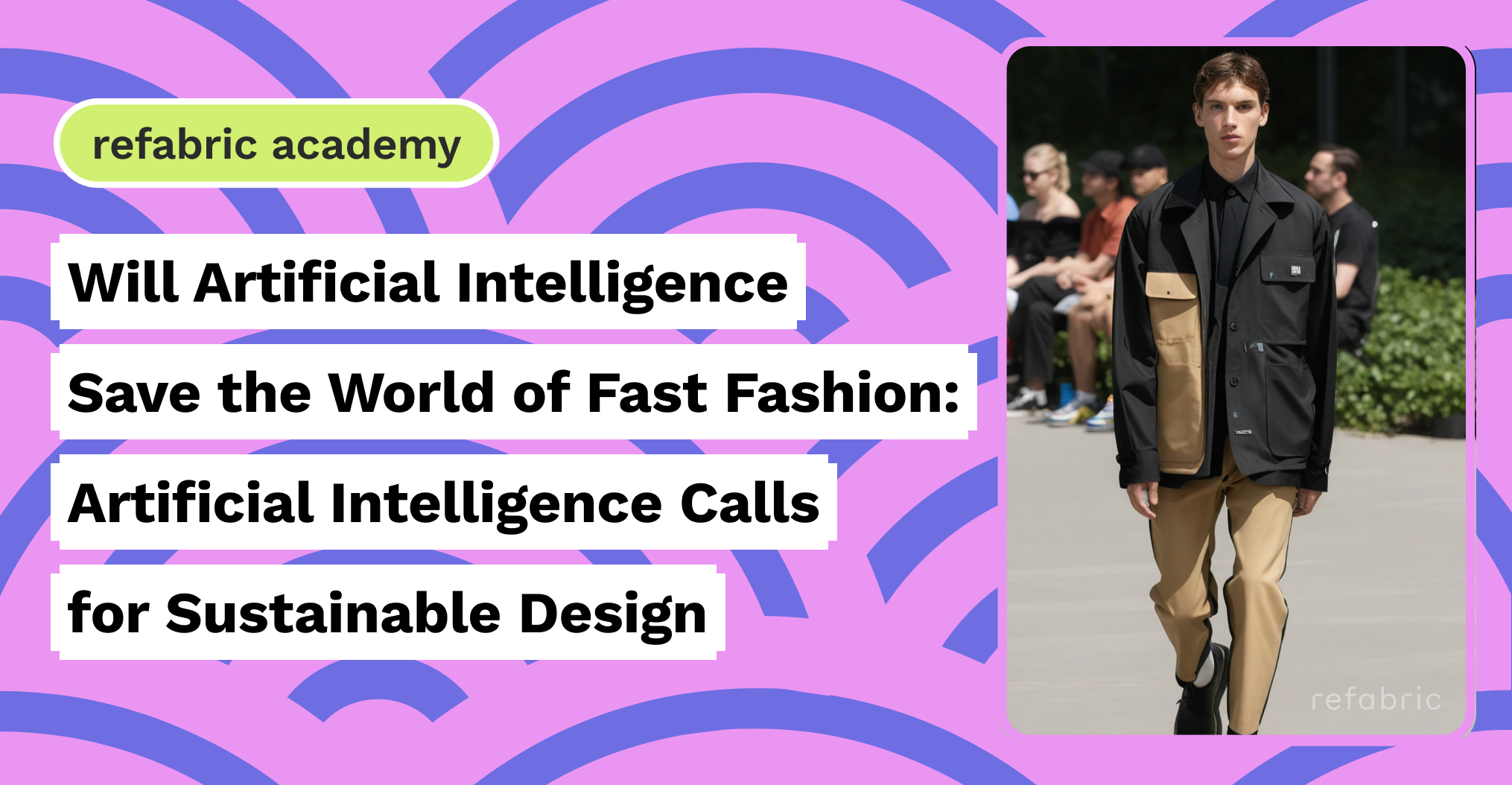Fast fashion’s impact on the environment is unquestionable. Every year, tons of clothes are going to waste or being recycled. While the impact of the recycling sector brings doubts to minds, it is quite a struggle to understand what the consumer wants and needs, based on quantity as well as quality. As the days pass and we move forward, the clothes that consumers once wore are forgotten in the next scene. Accordingly, the fast fashion market asks for solutions on recycling, reproduction and sustainability, so we ask: How is AI making fashion sustainable? AI-backed design may offer a solution for enhancing sustainable branding by leveraging insights from designs that comprehend both data and consumer behavior.
Fashion’s Environmental Wake-Up Call: Unveiling Textile Waste and the Evolving Dynamics of Fast Fashion
In their article Earth.org shares important statistics on textile waste. 92 million tonnes of garments out of 100, get shipped or dumped into wastage every year. Most of these textiles, produced by different fast fashion brands, create an enormous surplus of textile products, wishing to speak to “some” of their consumer followers. It is hard to imagine 92 million tonnes when you try, so we encourage you to think this way: this is the same amount of a truck filled with clothes throwing away clothes every second. While these products are mostly burned, thrown in a landfill, or diminished in the sea, various sectors have been looking for solutions to reduce textile waste while still offering consumers, fast, fitting and various options in the market.

Indeed, there are different segments of circulation of fast fashion. Starting from design, production, distribution, purchasing and consumption, and hopefully recycling, many agents are contributing to the fashion and clothing world. Design, art, and understanding trends… These are the parts that the consumers don’t usually see, but these are highly essential steps in creating the garment of your life, bringing likes, and enthusiasm to the brands. On the other hand, with algorithms, social media, and most importantly consumer’s hectic life that is getting more and more fast each year, started to leave trends and lifestyles behind very fast. With new styles of advertisements and influencer marketing, the answer to “trend” is not completely within the hands of the “tastemaker” it is mostly in the hands of the consumer who also becomes the influencer for “others” on social media.
Embracing Creative AI for Sustainable Solutions and Consumer-Centric Design
So, what now? Fast lives desire fast solutions. While waiting for a page to load doesn’t feel like “living” anymore, we are out of patience. And by saying we, we are designers, tastemakers, and consumers. We want fast solutions that lead us to gain more time to do other things. More time to think, more time to do yoga… And by that, it might be creative AI that the designers have been seeking. World-ruling fashion brands have already been producing in collaboration with AI. Brands such as H&M, Zara and many more have started using artificial intelligence as a useful mechanism. Amplifying what they already know the best, sparking a little bit more creativity within their design team, these brands argue that creative AI will not only amplify the creative work, but also help designers to understand more about consumers. Those brands also emphasize the importance of AI in lowering their carbon footprint by creating less wastage with understanding the “demand” for the products that they seek.

Generative AI, which is the main concept of “creative AI” has already become the 2020’s most important term, especially in technology. The adoption of AI generative AI Technologies in the fashion industry is a huge support for optimizing the supply chain, by endorsing creative designers. According to Forbes, this will push the supply chain in a more impactful way where the outcomes of the unforeseen mistakes will slowly disappear, as the market becomes more predictable. Thus, the designer’s eye has been relying on the standard measurements of the “consumer” or the digital representation of a real person, creating a standardized curation of items of clothing that will be sent overseas to different parts of the world. In this equation, AI could be the agile tool that is needed to understand one-size-fits-all is not the solution for fast fashion, as designers will be able to understand more about who their consumers are.
